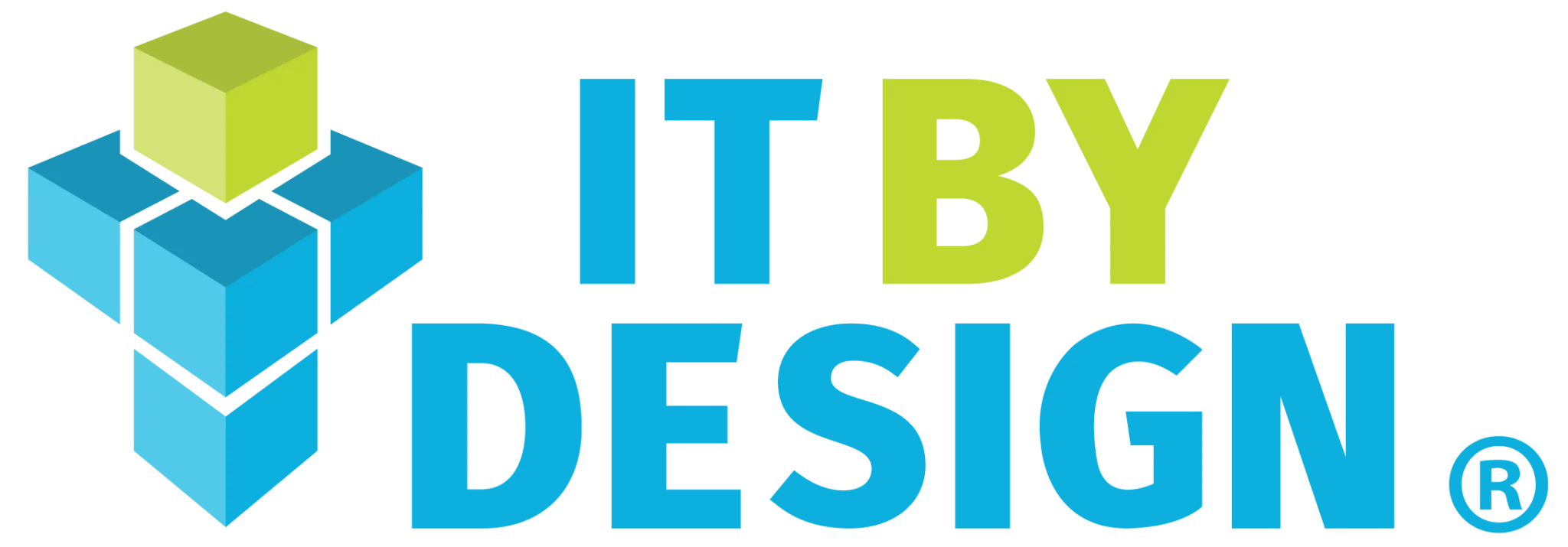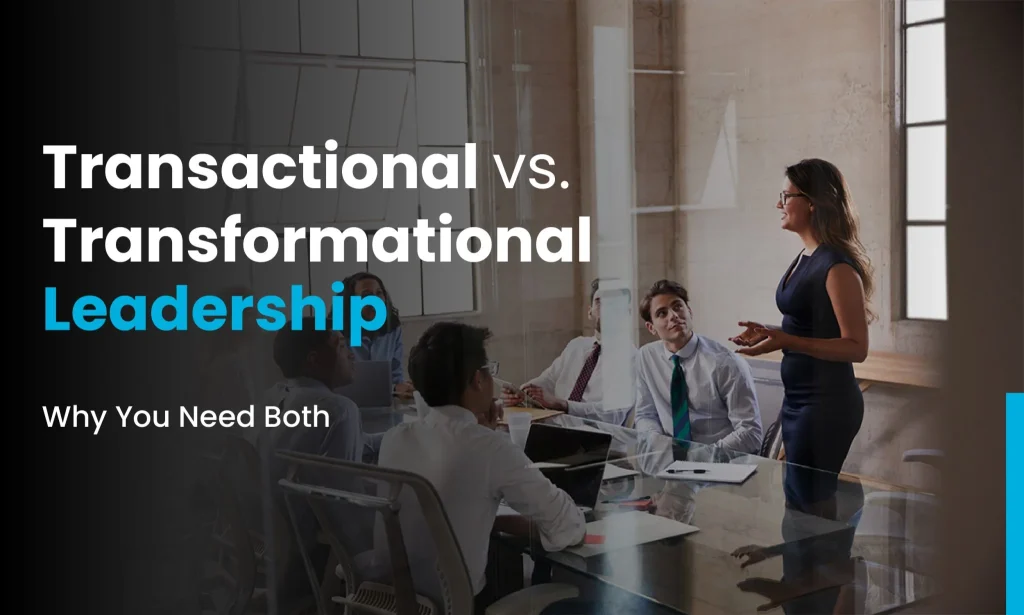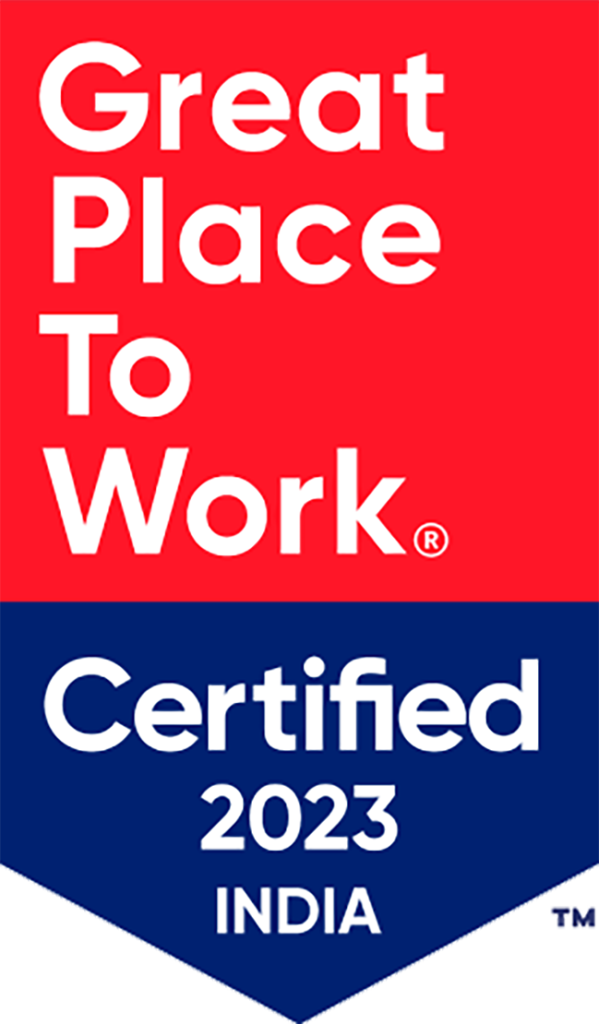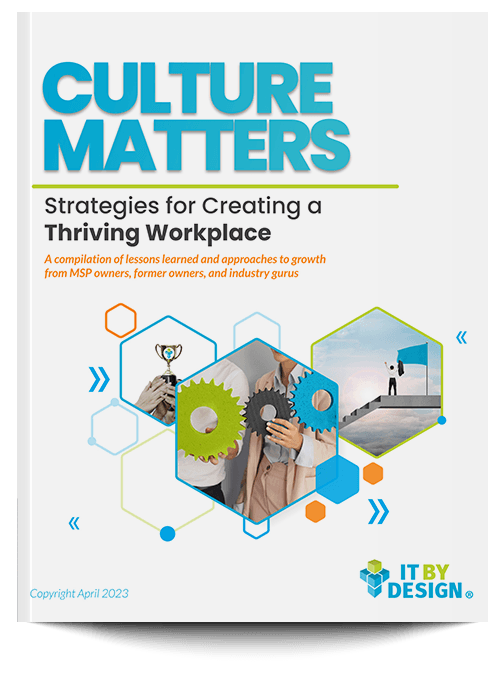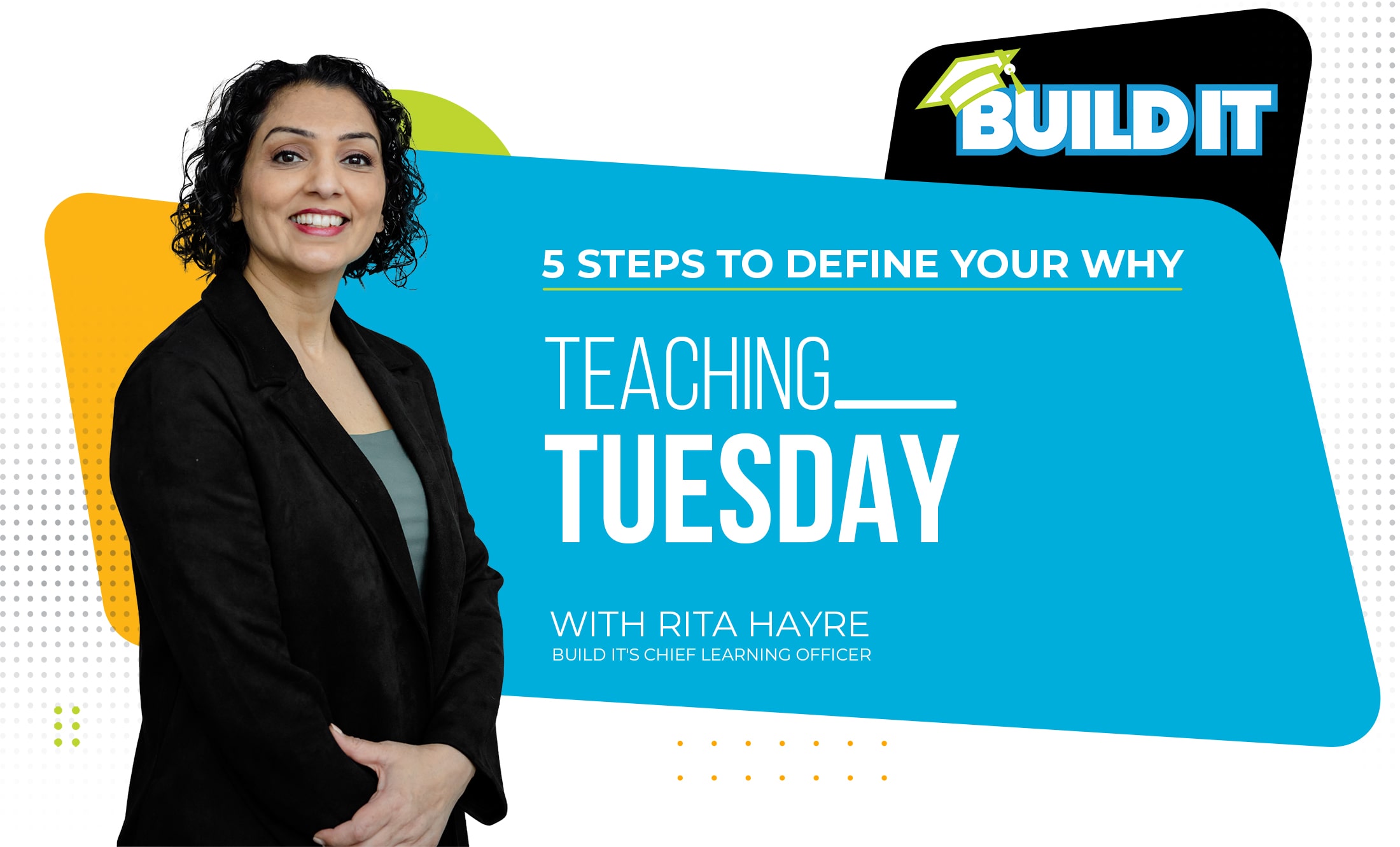I’ve been re-reading Simon Sinek’s book WHY, and it made me think about why we do the things we do as an organization. Why are we doing this work? Why should our employees work with us? Why should our clients work with us? What are we hoping to achieve? It can’t just be about money; of course, every organization wants to be successful, but there needs to be a greater purpose for the work.
As human beings we have an innate desire to have a purpose or reason for doing things. This is why ensuring work is meaningful is such a critical part of Employee Experience. As research shows, if employees do not see a larger purpose for the work that they are doing, they will not be engaged. Decreased employee engagement results in a decreased quality of service, resulting in a poor Customer Experience. In this current talent market, organizations cannot afford to lose employees because they haven’t communicated their WHY.
How do you define your organization’s WHY?
With a Mission and Vision statement, of course. NOT! Many people use mission and vision statements, when, in fact, this isn’t accurate. While both mission statements and vision statements are key communication tools for organizations to use in communicating with their stakeholders, they each play a different role. I find it easier to think of things in terms of time.
- Mission Statement
The mission statement is about the present. Why does this organization exist? What does this organization do now? Why does it do this? Who does this organization serve and why? - Visions Statement
The vision statement is about the future. If everything goes according to plan, what will the future look like for this organization? What does the future look like for the target customer look like after using the product/service? - Values Statement
This is where values statements come in. A values statement acts as the rule book for how the organization runs its business. As you look at building a strategy, you need to ensure the plan to get you from your mission to your vision abides by these values. - Strategy
The strategy is how we plan to get from our current state to our future state. What is the plan for moving the organization towards its ideal vision of the future? What are you going to do to move forward? - Environmental, Social, and Governance Goals
As an organization, it would be valuable to identify some Environmental, Social, or Governance goals you are striving to achieve. These don’t have to be large or difficult commitments. Simply having these goals signals to both employees and customers that you understand your responsibility to the greater good. They provide a compass for your team as they make decisions for your business.
Once we have all these factors identified, organizations need to ensure this information is clearly showcased on their website, marketing collateral, and where current employees can see it regularly. Both employees and customers are far more discerning in who they will work for and work with. They want to know and ensure that your organization is about more than just the bottom dollar. It’s important to showcase to everyone your organization’s WHY.
For more content like this, be sure to follow Build IT by ITBD on LinkedIn and YouTube, check out our on-demand learning platform, Build IT University, and be sure to Register for Build IT LIVE, our 3-day education focused conference, September 9-11 in Orlando, FL!
Here’s to lifelong learning!

